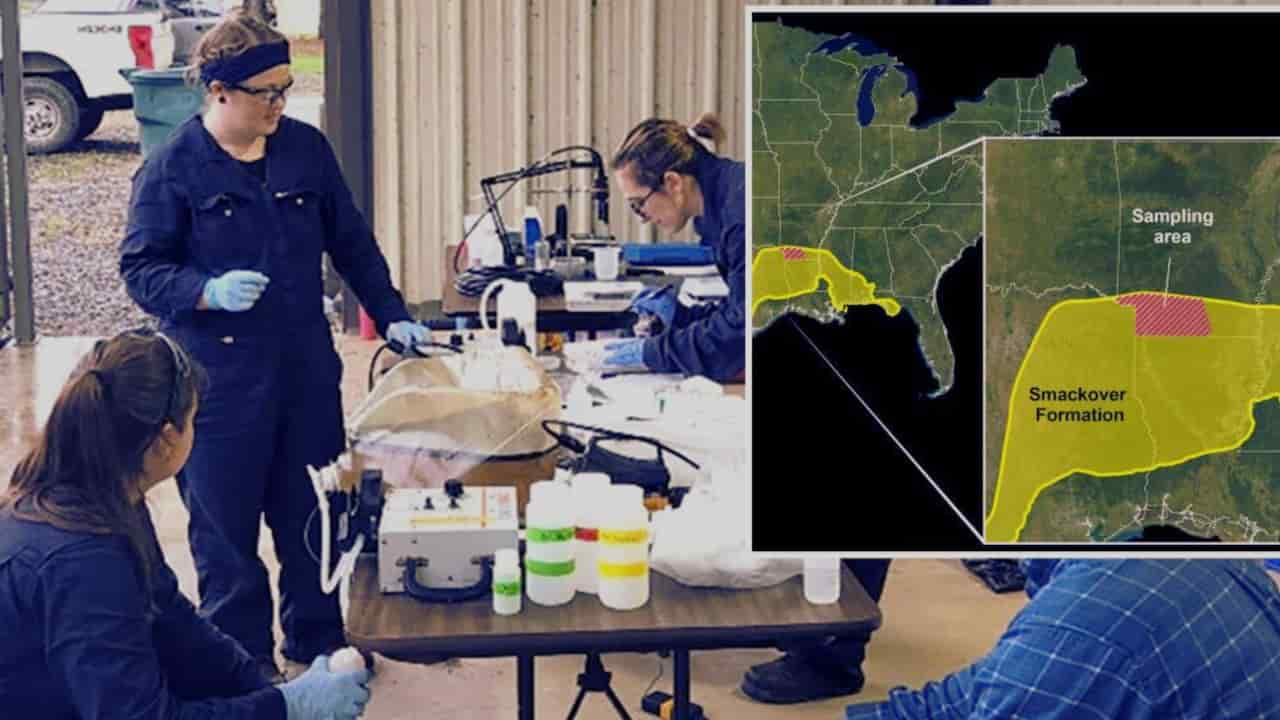Massive US Lithium Discovery Could Reshape the Global Battery Market: What You Need to Know
A groundbreaking geological discovery has revealed what might be one of America’s most significant mineral finds in recent history. The United States Geological Survey (USGS) has uncovered a massive lithium deposit that could revolutionize the nation’s role in the global battery supply chain.
The newly discovered lithium reserves, estimated between 5 and 19 million tons, lie within the Smackover Formation, a vast geological structure stretching across six southeastern states from Florida’s Gulf Coast through Alabama, Louisiana, Mississippi, Arkansas, and Texas. This finding could completely transform the United States’ position in the global lithium market, potentially ending its dependency on foreign imports.
Dr. Katherine Knierim, the study’s lead researcher, shares the excitement: “Our research shows enough dissolved lithium in the southwestern Arkansas region alone to replace U.S. imports and then some.”
This discovery comes at a crucial time, as the world’s appetite for lithium continues to grow with the rising demand for electric vehicles and renewable energy storage solutions.
To put this discovery in perspective, the United States currently holds just over 1 million tons of lithium reserves. This new find could catapult the nation into the top ranks of global lithium holders, trailing only Bolivia’s 23 million tons and Argentina’s 22 million tons.
The timing couldn’t be better, as the U.S. currently imports more than a quarter of its lithium needs, primarily from Argentina (51%), and Chile (43%).
The research team used cutting-edge technology to map this treasure trove. They combined traditional geological surveying with artificial intelligence to create detailed maps of the region, helping them understand the full scope of the deposit.
USGS Director David Applegate emphasizes the broader implications: “This discovery isn’t just about minerals—it’s about jobs, manufacturing, and strengthening our supply chain resilience.”
The impact of this discovery extends far beyond the mining industry. Lithium powers our modern world, from smartphones and laptops to power tools and electric vehicles.
China currently dominates the global lithium market, controlling 64% of supply and exporting over $65 billion worth of lithium products in 2023. This new American source could help balance the global supply chain and reduce dependence on foreign suppliers.
However, experts urge cautious optimism. The USGS team notes that their findings are preliminary estimates, and not all the lithium may be recoverable. Additionally, developing these resources will require careful consideration of environmental impacts and local community needs.
The discovery also comes with some safety considerations. While lithium batteries are crucial for a greener future, recent incidents in New York City highlight the need for proper handling and regulation. The FDNY has reported several lithium battery-related fires, including a recent tragic incident in Brighton Beach.
As the United States moves toward a more sustainable future, this lithium discovery could prove pivotal. It offers the potential for domestic production of a critical mineral, promising new jobs, economic growth, and increased energy independence.
The next steps will involve detailed assessments of extraction feasibility and environmental impact studies to ensure responsible development of this valuable resource.
With this discovery, the United States stands at the threshold of a new era in mineral resources and energy independence. The challenge now lies in developing these resources sustainably while maximizing their benefit to the American economy and global clean energy transition.
